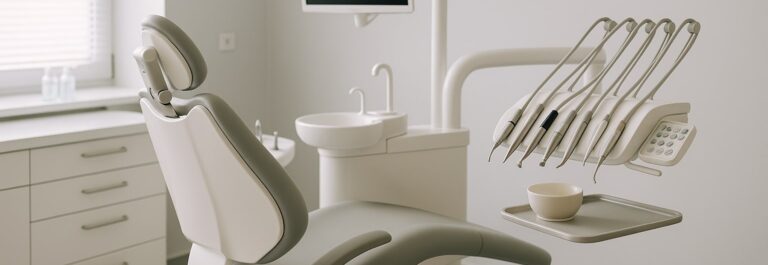Office workers often face discomfort and pain from prolonged sitting and poor posture. Ergonomic office furniture addresses these issues, enhancing both comfort and productivity.
What is Ergonomic Office Furniture?
Ergonomic furniture is designed to support the natural posture of the human body. It aims to reduce strain and discomfort by providing proper support. This furniture includes chairs, desks, and accessories that promote healthy posture.
Health Benefits
Using ergonomic office furniture can significantly reduce physical discomfort. Properly designed chairs support the spine, reducing back pain. Ergonomic desks allow for better positioning of monitors and keyboards, preventing neck and wrist strain.
Long-term use of ergonomic furniture can prevent musculoskeletal disorders. This includes conditions like carpal tunnel syndrome and chronic back pain, which are common among office workers.
Boosting Productivity
Comfort directly impacts productivity. When employees are comfortable, they can focus better and work more efficiently. Ergonomic furniture reduces fatigue, allowing for longer periods of sustained concentration.
By minimizing pain and discomfort, ergonomic furniture also decreases the number of breaks needed. This leads to more continuous work hours and higher output.
Features of Ergonomic Furniture
Ergonomic chairs often have adjustable height, lumbar support, and armrests. These features ensure that the chair can be tailored to the user’s body, providing optimal support.
Ergonomic desks are typically adjustable, allowing users to alternate between sitting and standing. This flexibility helps reduce the health risks associated with prolonged sitting.
Cost and Investment
While ergonomic furniture may have a higher upfront cost, it is a worthwhile investment. The benefits of improved health and increased productivity outweigh the initial expense.
Employers may also see a reduction in healthcare costs related to workplace injuries and conditions. This further justifies the investment in ergonomic office solutions.
Implementing Ergonomics in the Workplace
Introducing ergonomic furniture into the workplace requires careful planning. Employers should assess the needs of their employees and select furniture that meets these needs. Training on proper use and adjustment of ergonomic furniture is also essential.
Regular evaluations can help ensure that the furniture continues to meet the ergonomic needs of employees. This ongoing commitment to ergonomics will maximize the benefits.
Transforming Work Environments
Ergonomic office furniture is more than a trend; it’s a necessity for modern work environments. By addressing the physical demands of office work, it promotes health and efficiency.
For those looking to enhance their office setup, ergonomic solutions offer a path from pain to productivity. Explore options like those available at https://www.ergodesks.co/ to create a healthier, more productive workspace.



